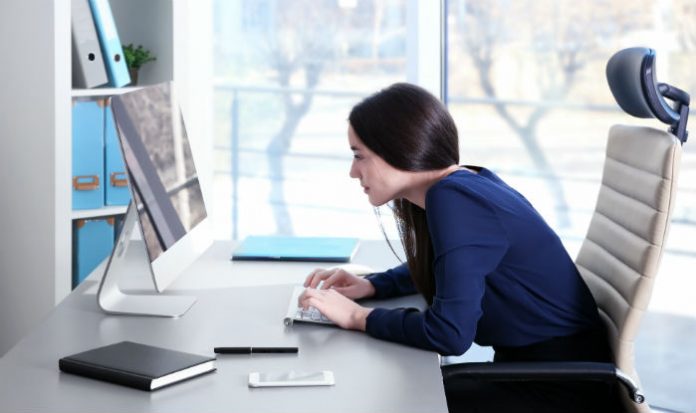Have you dreamed of working from home. Leave that office job behind, come to work in your pajamas with that fresh cup of job within arms’ length. Working from home can be extremely rewarding. No sitting in traffic. No more office politics. Do you think that will be the end to all your woes.
The drawback can be wear you realize your income rests upon your shoulders. Make a strict schedule, and stick to it. The knowledge that you can work whenever will tempt you, but in the long run, you will be much more productive if you follow the schedule you set for yourself. In my experience, this means keeping the same hours every day. This is work, after all. Your hours should correspond with others in your industry. Don’t vary them.
Another schedule you must stick to is getting up and moving. Working for yourself means there are less distractions and that could mean sitting even longer at your desk. And if If you’re currently struggling with chronic or recurring back pain, then you’re far from alone. Millions of people experience back pain on a daily basis, and even pain in the wrists, neck, and other joints. However, while some of us owe our back troubles to rigorous workouts or heavy lifting, many people with these issues work office jobs and lead relatively low-key, semi-sedentary lifestyles.
With more and more of us working jobs that call for long hours spent behind a desk or logged in front of a computer, our choices in office furniture are becoming more important than ever before. In fact, most office workers can trace their back and joint discomfort directly to their chairs in particular. Let’s take a closer look at how you can make sure your office chair helps instead of hurts.
Most standard office chairs weren’t necessarily designed with proper back support in mind. Without sufficient support, it’s virtually impossible to work long shifts at a desk job without developing chronic back and joint issues. Switching out your current desk chair for an ergonomic option can help.
Ergonomic office chairs are specifically designed to promote long-term back health as they comprise features that encourage and maintain good posture while working. They also provide better overall support than ordinary desk chairs; however, it’s important to make sure you see your office chair as an investment in both your health and productivity. One such chair that can achieve this is the Ace ergonomic chair that allows for long term comfort. Let’s face it, if you are at your desk all day the last thing that you want is discomfort!
Don’t simply buy the cheapest chair you can find at the nearest office supply store. Invest in a solid name brand option from a good vendor with an excellent reputation. Take the time to shop around a bit and learn about the choices available to ensure you’re getting the best possible choice. Last but not least, your new ergonomic chair should come with a warranty or a manufacturer’s guarantee to help protect your purchase.
Although making the switch to an ergonomic chair will definitely aid your back woes, it’s important to understand that in order for the chair to do its job, it needs to be adjusted properly. Determine what your body’s relationship is to the working surface of your desk or workstation. When seated with your forearms resting on the surface in front of you, your arms and bent elbows should form 90-degree angles. If not, adjust the height of your chair.
You should also double-check the position of your legs under the desk. When seated, place your fingers underneath one of your thighs toward the front of your office chair. If your thigh is too tight against the chair for you to be able to do so easily, you should consider looking into a small foot rest so that your legs rest at the correct angle. There is a slideshow you can click to see pictures of proper placement.
Even with the best possible desk chair and perfect adjustments in your corner, you’ll still need to be mindful of other factors if you’re truly going to make back pain a thing of the past. Sitting for long periods of time even under perfect circumstances will cause muscles to seize and your back to tighten up or even cramp after a while.
Since heart disease is the #1 killer of both men and women, it’s important to know long hours working can lead to heart attacks.
Working from home can be lonely, but it doesn’t have to be. Turn on Skype and get in the habit of using it. Make sure to “close the door” at the end of the day. This can be very hard to do. It’s easy to keep working long after the hours you’ve set for yourself have passed. After all, your office is as easily accessible on the weekend as it is during the week. Have other hobbies.
Your business will suffer, actually, if all you do is focus obsessively on it. You will work more than 40 hours — I’m sure of it, so give yourself a break. Make a point of getting out of the house on the weekends. This is the only way you will maintain your sanity. In the same vein, taking short breaks throughout the day can be very helpful.
No matter where you work your back will be with you, so take the time to set up a schedule, get connected to social sites, and by all means















